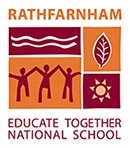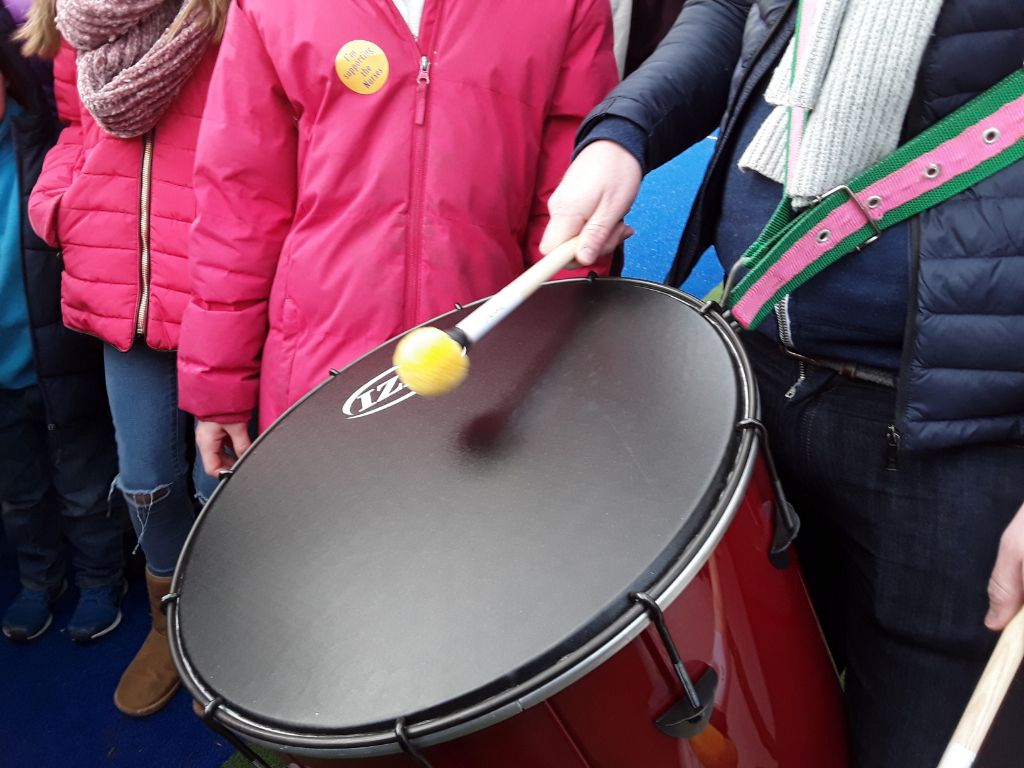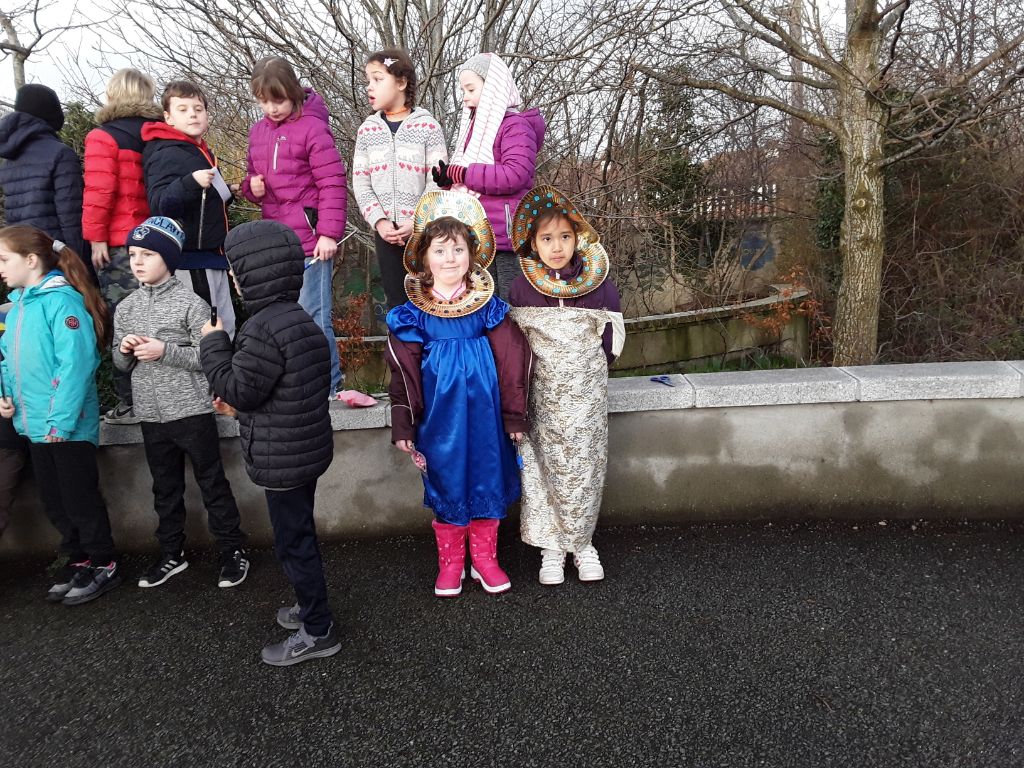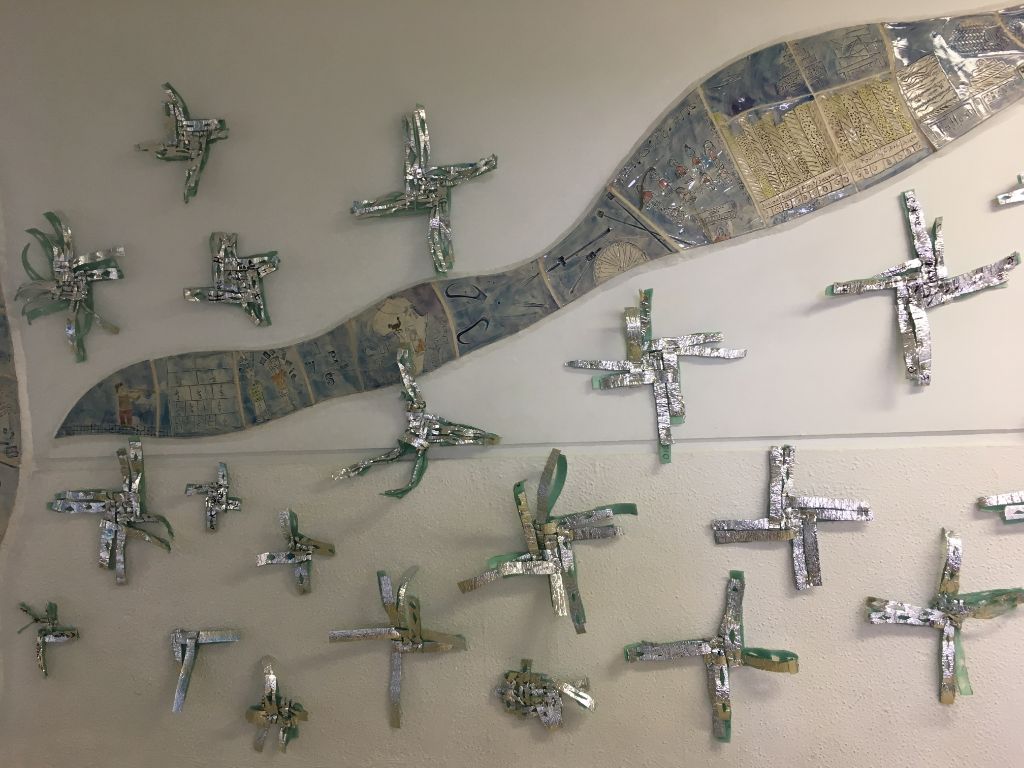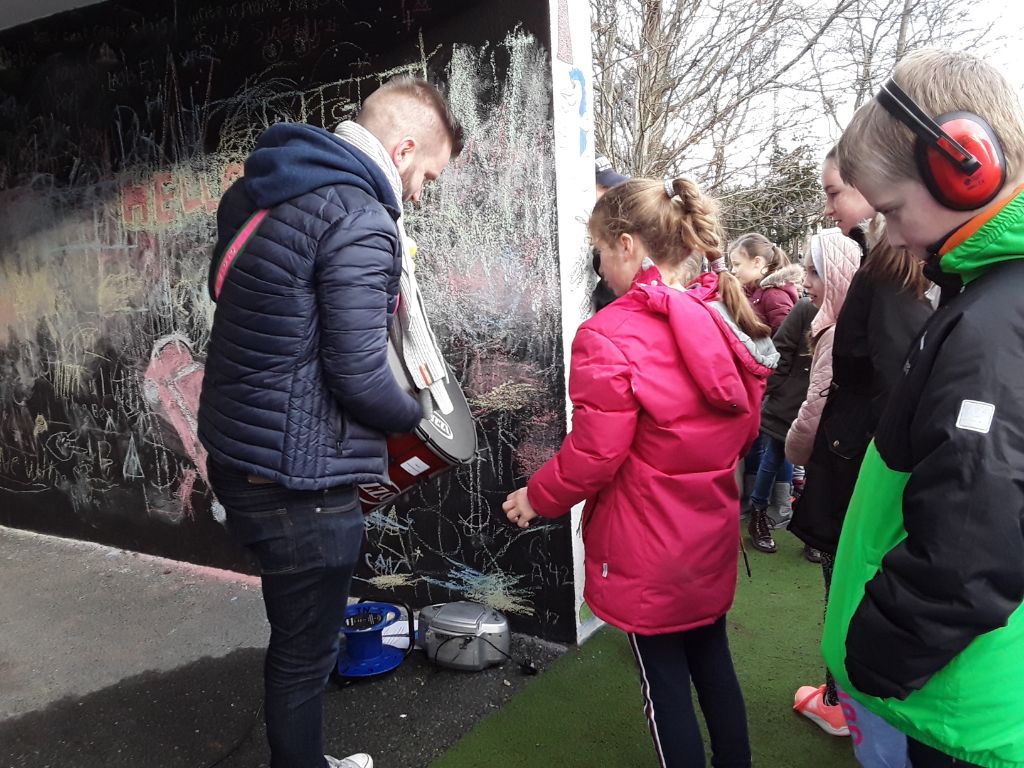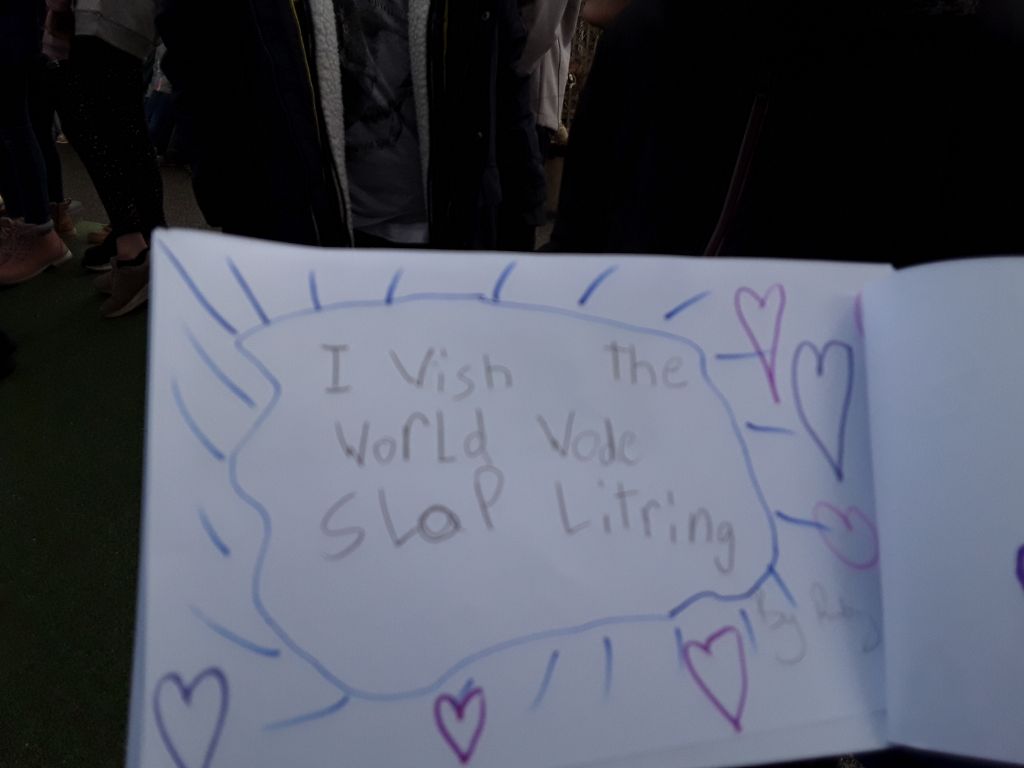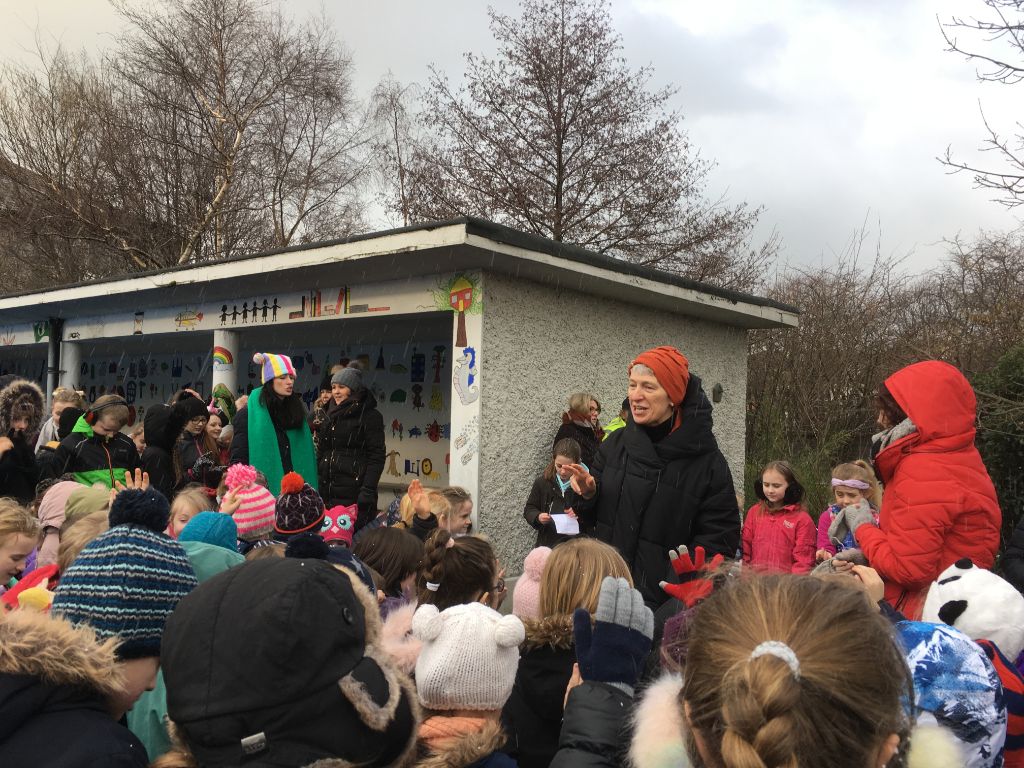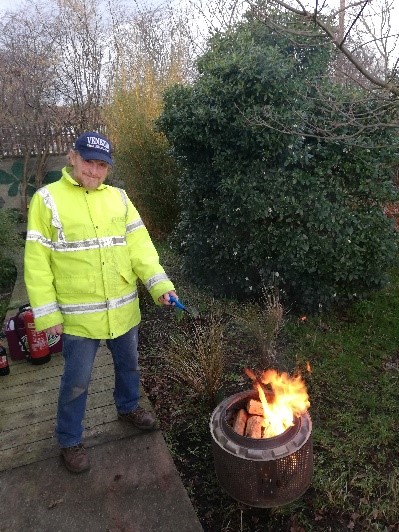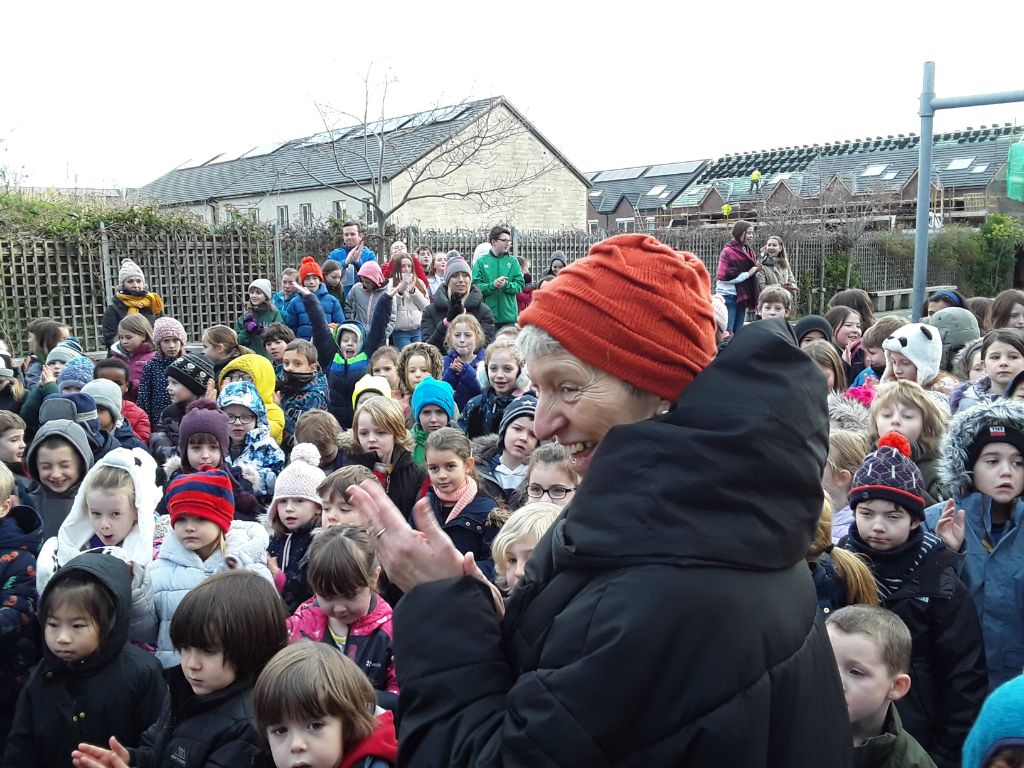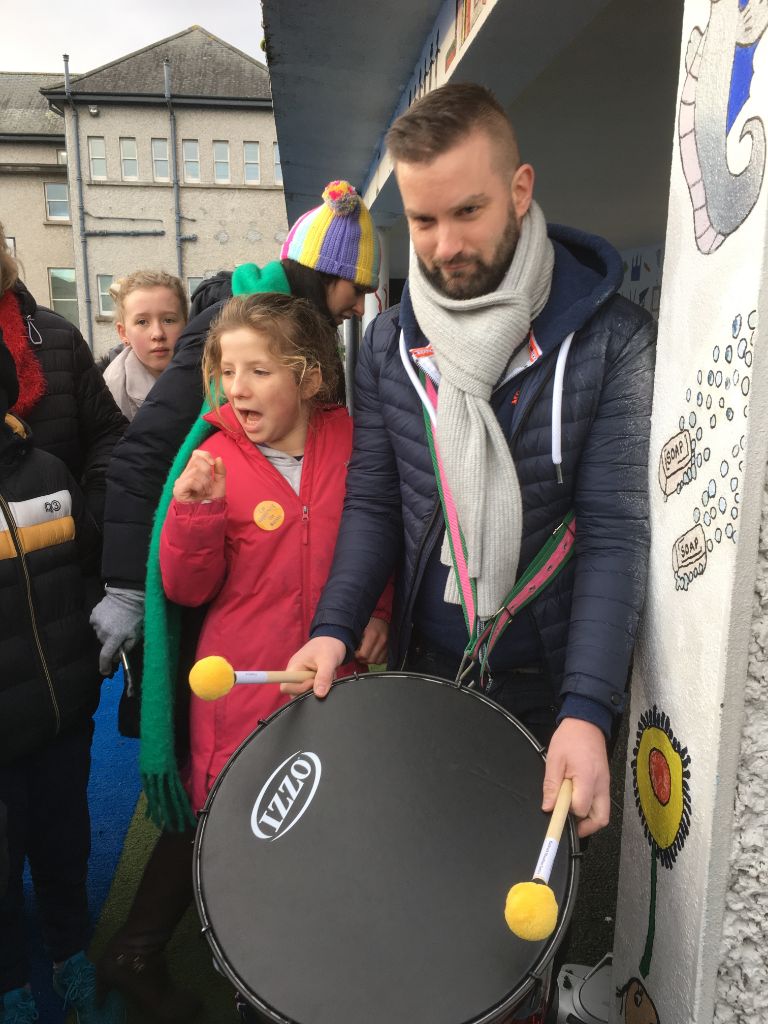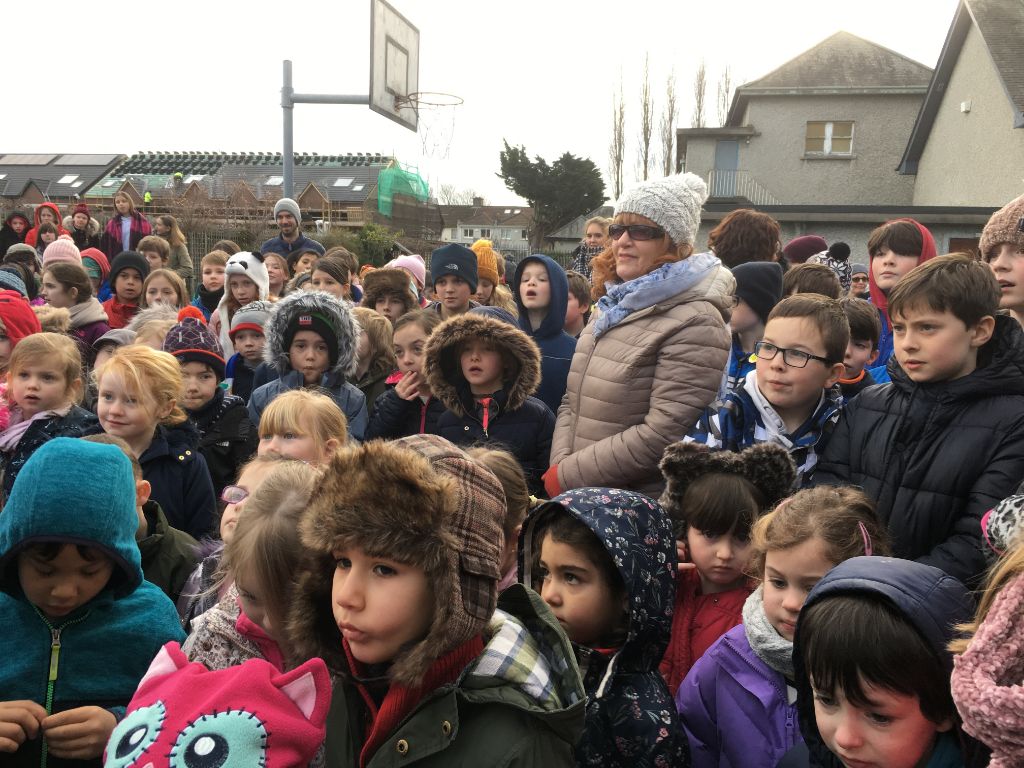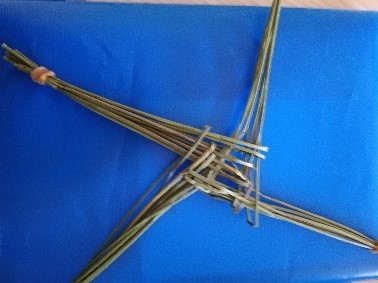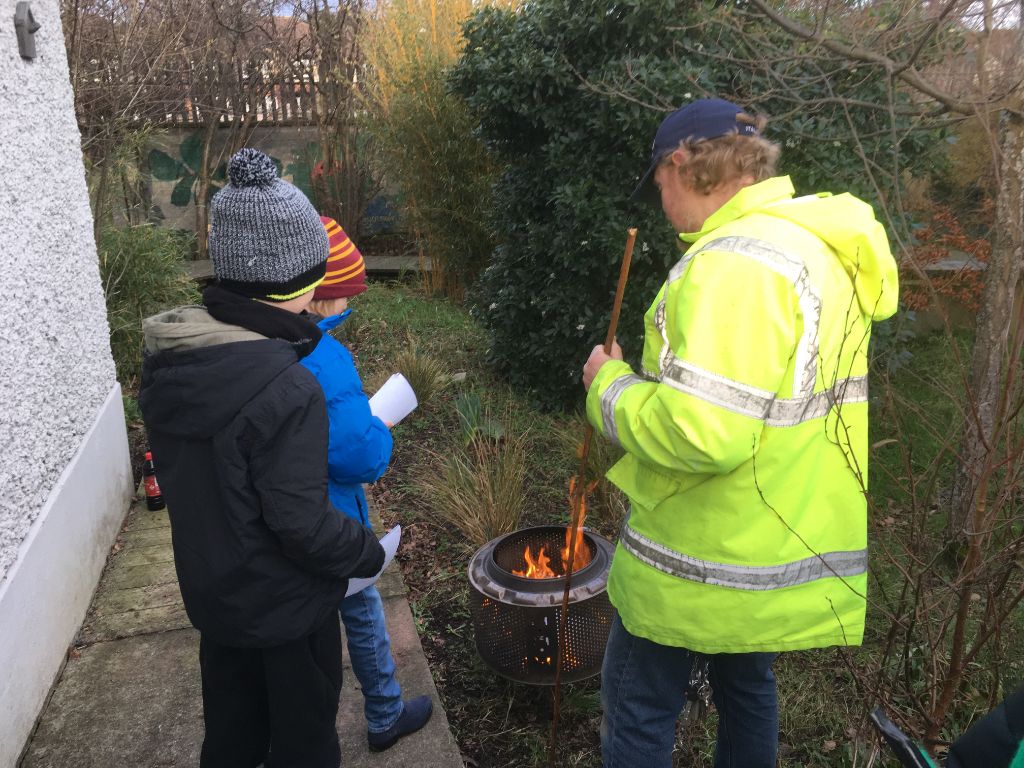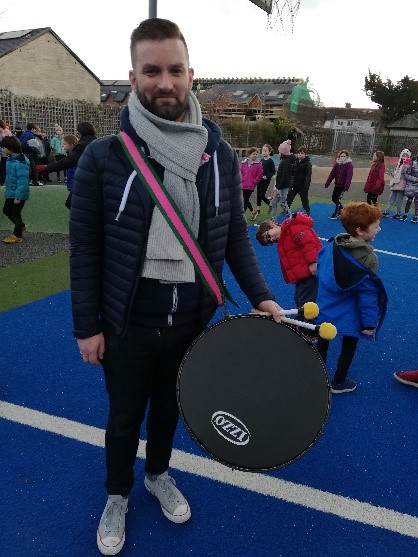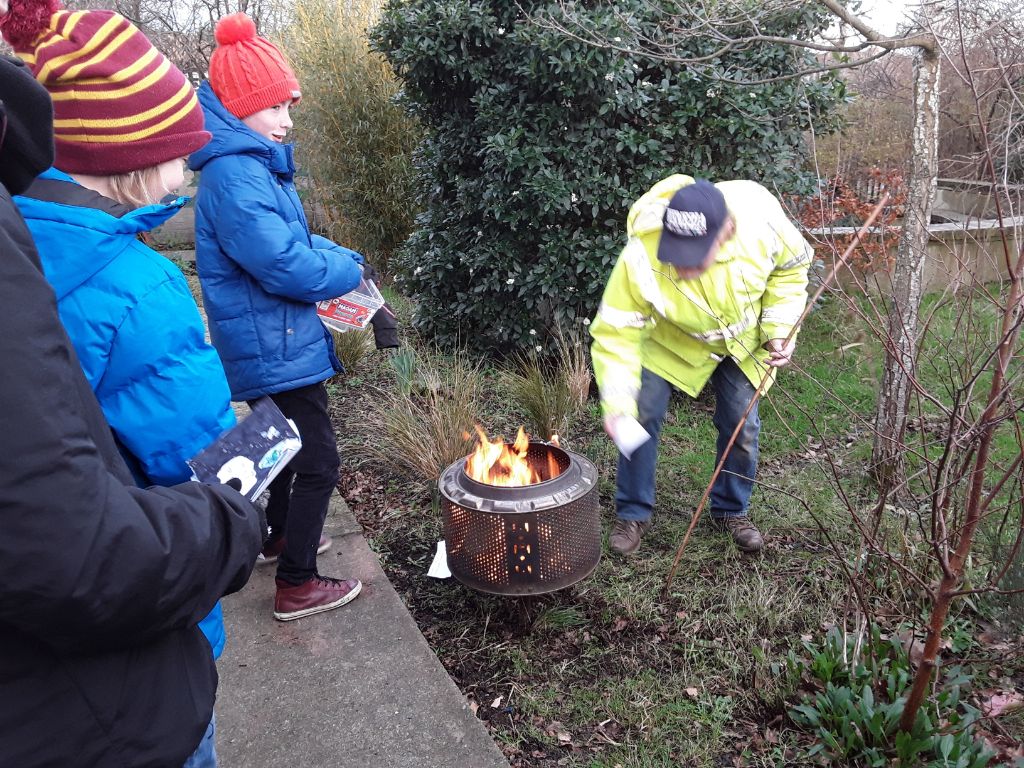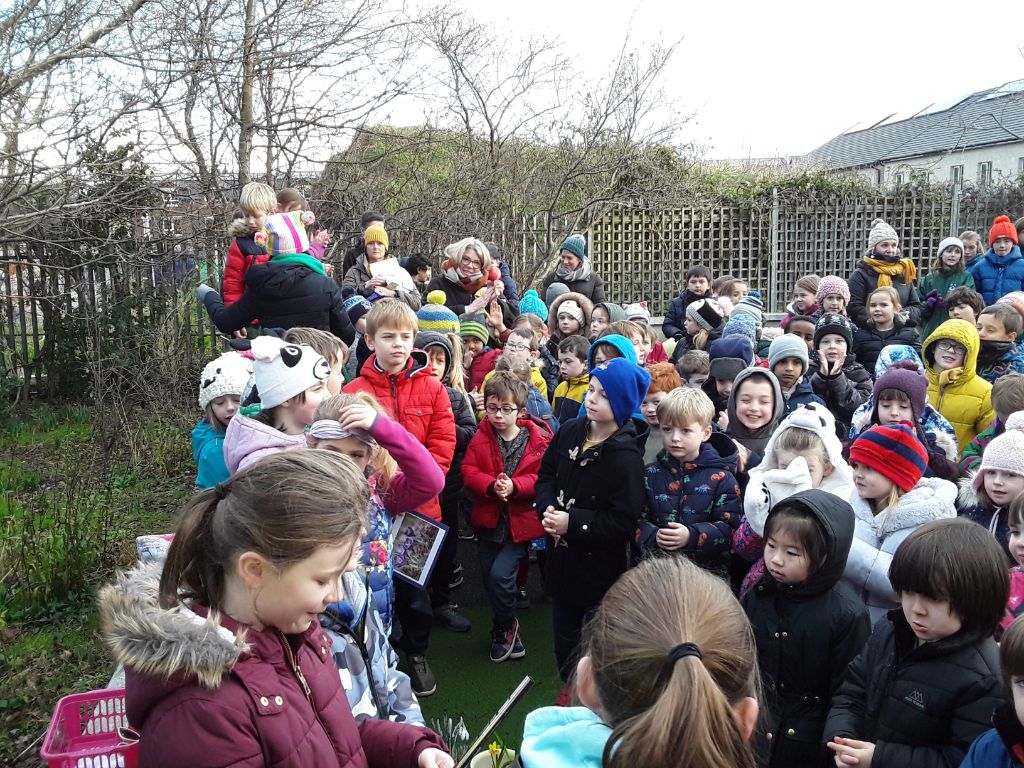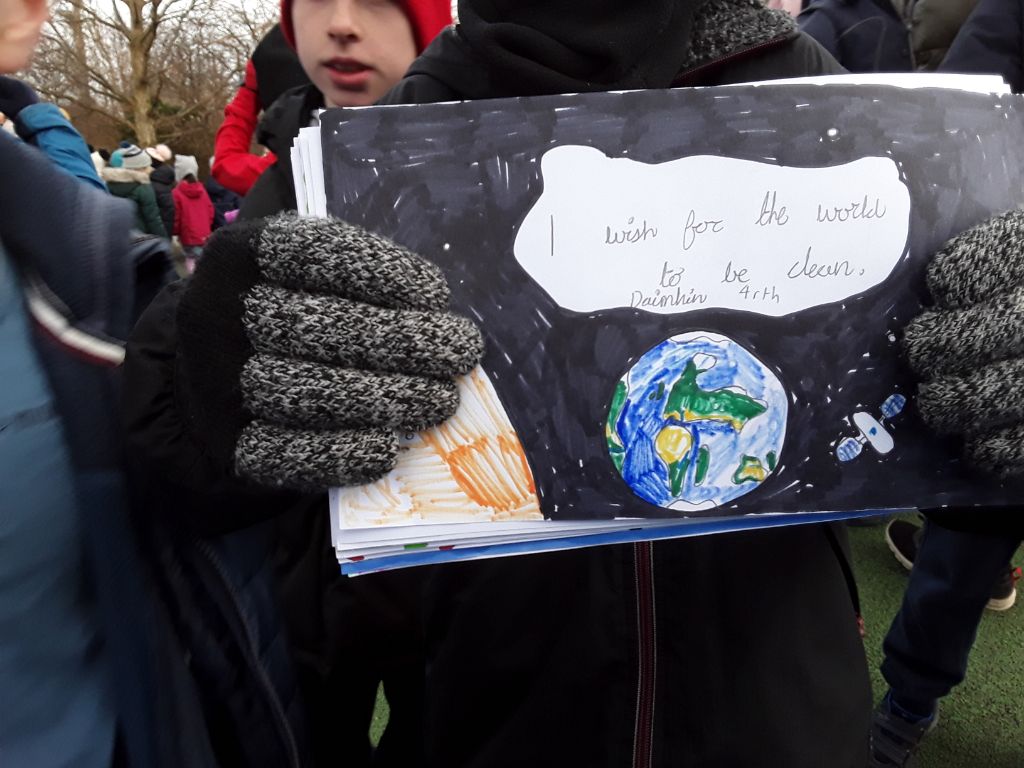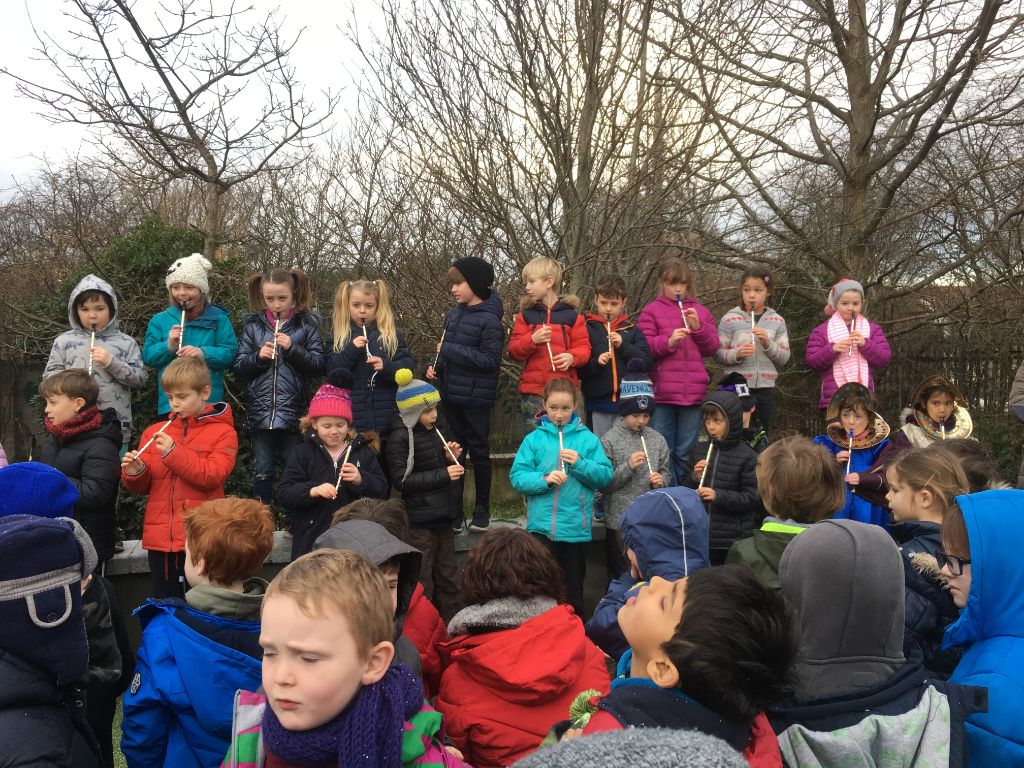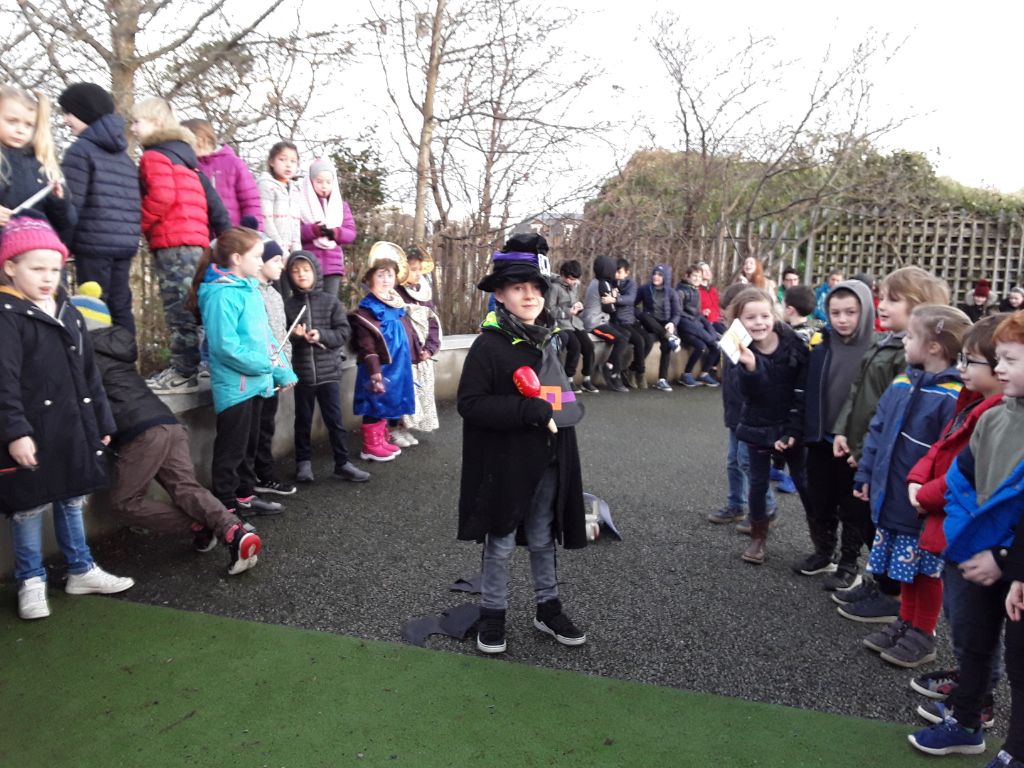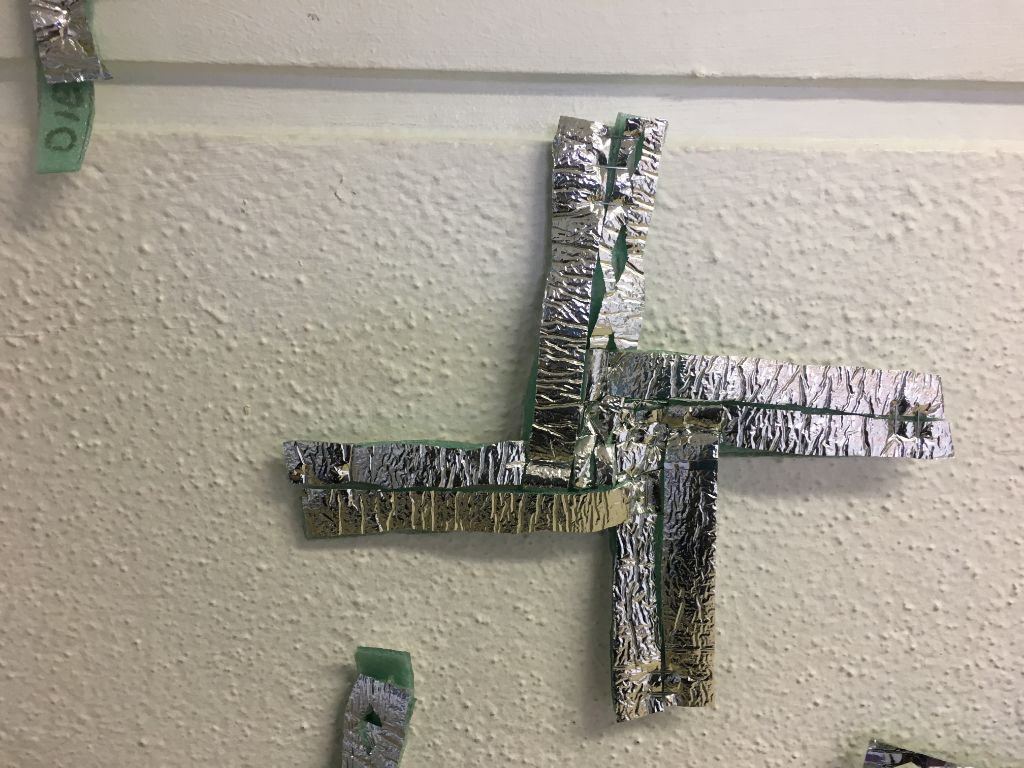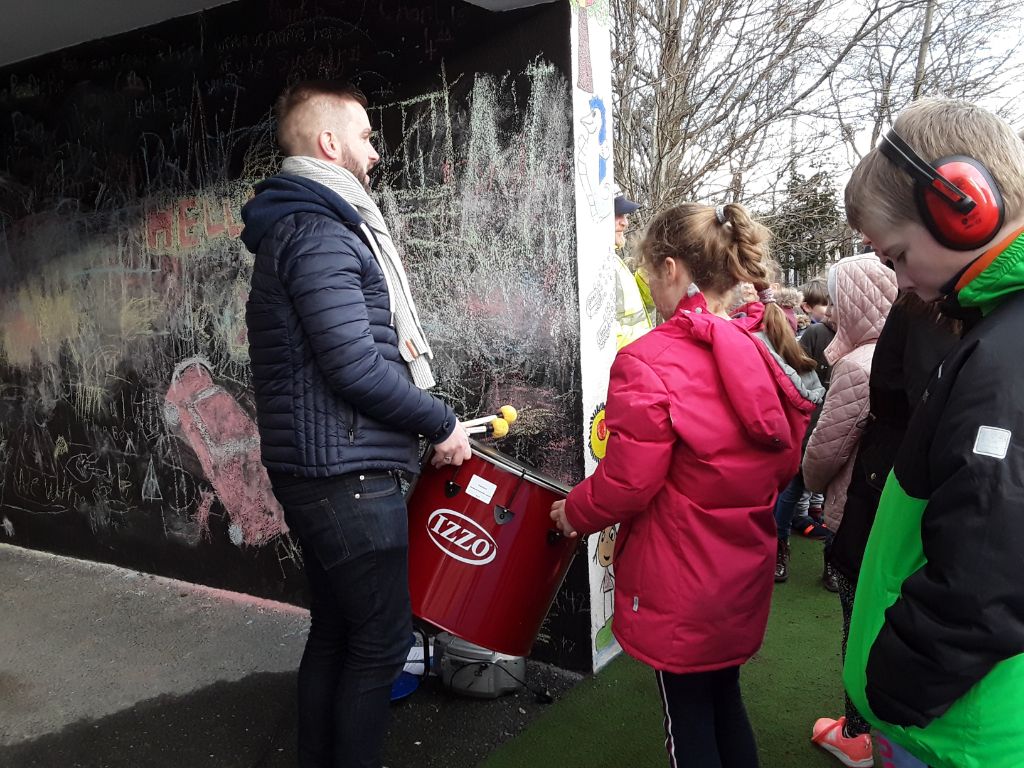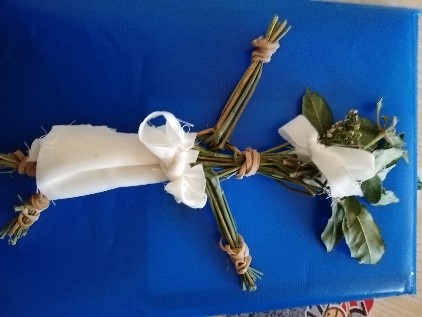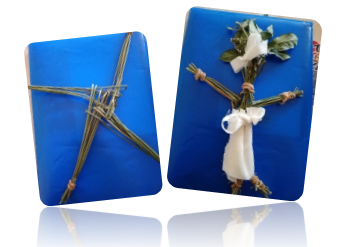
An Imbolc /St. Brigid’s Day Celebration
Ceol, Drama, Lasracha agus Sneachta!!
“Spring has returned. The earth is like a child that knows poems” – Rainer Maria Rilke
Imbolc is one of the ancient Celtic festivals, along with Bealtaine, Lughnasa and Samhain, which marks the turning the wheel of the year. One translation of Imobolc (imbullug) is” in the belly” and refers to the fact that many animals have their babies in the springtime. Brigit, was the Celtic Goddess honoured at this feast and many of her qualities were later attributed to the Christian St.Brigid. Her feast came to be celebrated on 1st February. They were both seen as protectors of life and new growth and associated with fire and healing. The association of February 1st with two intertwined traditions in Irish history means that the day can be used to create an inclusive celebration for all. It can be connected with the Belief System strand of the Learn Together Curriculum and also with the Ethics and Environment strand, in that the emphasis is on gratitude for the new growing season and our responsibilities towards the Earth are also acknowledged. It is also an excellent theme for a cross-curricular project incorporating Visual Art, History. English and Music.
Our outdoor assembly for Imbolc was a collaborative effort which involved several staff members in helping to make “brídeogs” and crosses, prepare an outdoor bonfire, provide a drumming accompaniment and take photos. All class teachers had prepared the history of Imbolc with their classes and each child had written a wish for the Earth to be placed in the bonfire.
Pride of place went to Patricia and 2nd class, who opened the ceremony with a poem celebrating spring and some beautiful tunes on the tin whistle. They then performed the following drama:
Child 1: (Fάilte romhaibh go dtί an ceiliύradh Imbolc ( im-bull-ug).
This is an ancient Celtic festival celebrated on the 1st of February every year.
Imbolc marks the loosening of winter’s grip, and we begin to see signs of new life.
The first flowers of year are usually snowdrops and the crocus.
Children 2 and 3: The children hold up flowers (crocus / snowdrops)
This is the snowdrop, pluirίn sneachta, which can survive the hardest frost.
This is the crocus, cróc, which comes in beautiful colours, corcra agus buí.
Child 4: Imbolc is a celebration of the Celtic Goddess Brigit, the goddess of fire, water and healing.
It was believed that Brigit would loosen the grip of the Cailleach of Winter and bring life back to the earth.
People believed that she would protect them from fire and help heal animals and children.
Many of the Imbolc traditions are also associated with the Christian saint, Saint Brigid.
Three children standing up wearing costumes
Child 4: This is the goddess Brigit –Green cloak and celtic cross
This the Cailleach an Gheimhridh-Bare branch
This is Saint Brigid-Blue Cloak and flower
Children hold up crosses and Brídeog.
Child 5: Brigids’s crosses were made at this time of year using rushes.
They can represent the Celtic sunburst or Saint Brigid. Often, people hung them in their houses to protect them and keep them safe.
Children loved to make Brídeogs from rushes also. They would wrap them in white cloth and decorate them with pretty things you find in nature.
In the country children went from house to house collecting sweets, just like Halloween. This is a tradition that is being revived in some parts of Ireland today.
Child 6: Fire is very important in all Celtic celebrations.
At Imbolc, the fire represents the return of the sun and the wakening of new life.
Each class has prepared a wish for the earth which will be burned in the fire and sent to the Four Winds. “
The ceremony concluded with messengers from each class stepping forward to put their class’s wishes for the Earth into a small fire, to the sound of a drum beat. Brian, Senior Infant teacher, provided the drum accompaniment and Dennis, school caretaker, had earlier prepared the fire. Nature provided its own accompaniment in the form of gently falling snowflakes.
Materials:
- Rushes –Gathered the week before
- Scraps of fabric for Brídeog
- Spring poems
- Music ( tin whistles /drums or any available instruments)
- Bon fire ( An old washing machine drum makes an excellent container for a small ceremonial fire)
- Costumes for witch, Brigit and Brigid (The spellings for the Celtic and Christian Brigit/Brigid/ Bridget are used interchangeably in stories)
